Summary
- Indie European games excel at storytelling with minimalism and depth, proving narrative triumphs over AAA budgets.
- European devs show creativity in cyberpunk deliveries, Viking battles, and dystopian narratives, offering unique gaming experiences.
- European indie games like Limbo, Inside, and Disco Elysium redefine genres, tackling philosophical depths and psychological challenges.
Indie games have a habit of sneaking up quietly and hitting harder than most blockbusters ever could, especially when they come from studios that aren’t afraid to get a little weird, a little personal, or a little heartbreakingly real. Europe, in particular, has been a fertile ground for indie creativity — from haunting side-scrollers to surreal political RPGs, these are the games that didn’t just put their studios on the map, but left dents in players’ memories.
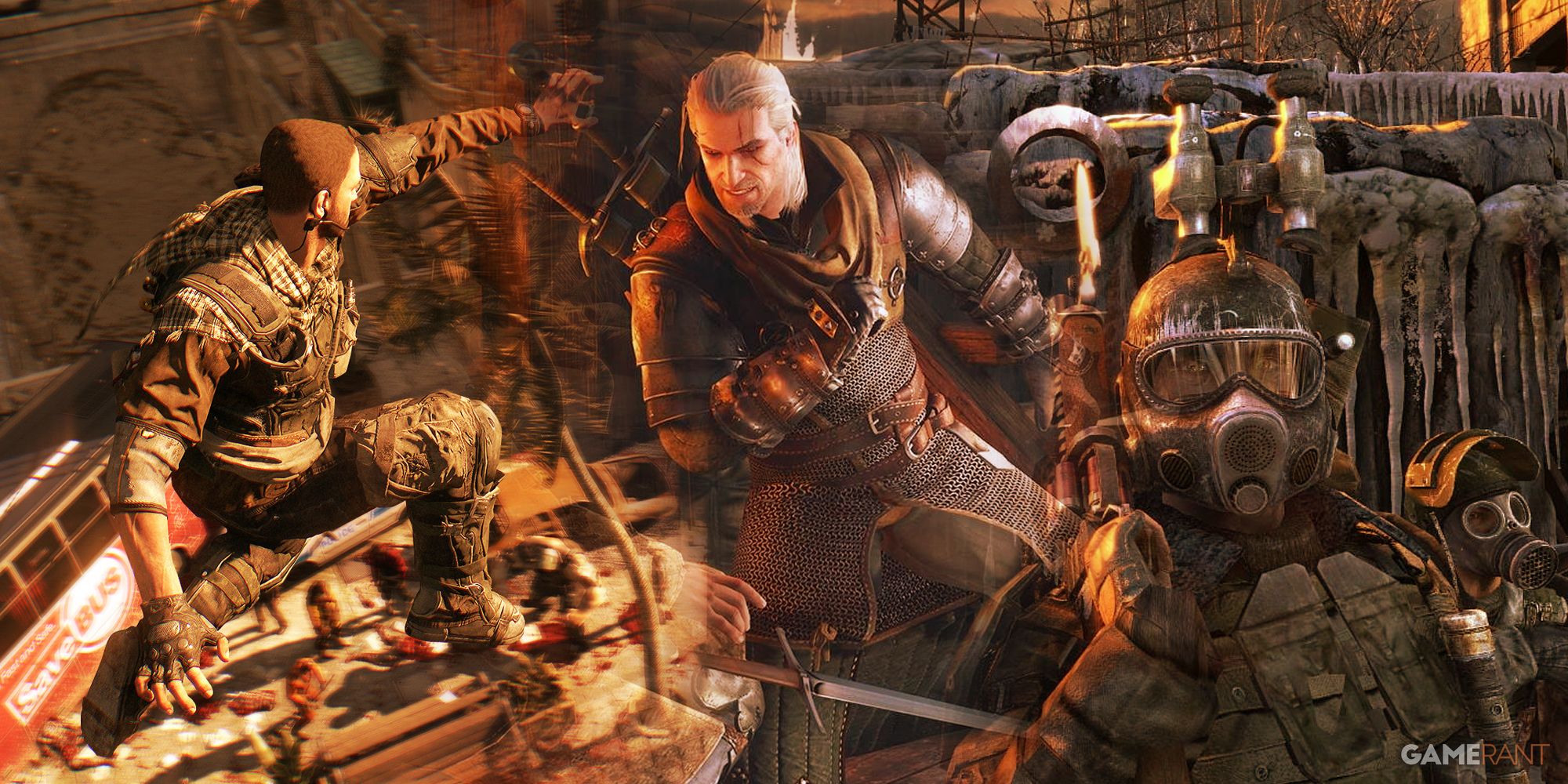
Related
Best Games From Eastern European Developers, Ranked
While most projects are created in the USA or Japan, a few fantastic games have Eastern European developers.
Whether it’s a wordless silhouette in a grayscale forest or a philosophical detective blackout-drunk in a crumbling city, these indie titles did more with less — and proved that great storytelling doesn’t need a AAA budget, just a sharp idea and an even sharper execution.
8
Limbo
Death Has Never Been This Quiet

- Released
-
July 21, 2010
- Developer(s)
-
Playdead
When Limbo released back in 2010, it didn’t need dialogue or color to make a statement. Developed by Danish studio Playdead, Limbo was an eerie monochrome platformer that kicked off the wave of minimalist indie games with atmosphere so heavy it practically pressed down on the screen.
The story isn’t spelled out, but the implications are brutal. A nameless boy wakes up in a forest and begins what looks like a search for his sister — but nothing in Limbo ever confirms this. Instead, players are dragged through a purgatory of physics puzzles, industrial ruins, grotesque death traps, and the iconic giant spider that still makes skin crawl more than a decade later.
Every death is animated in excruciating detail — impalements, decapitations, electrocutions — and yet it’s all presented so quietly, so tastefully, that it never feels like shock value. It just adds to the surreal cruelty of the world. Playdead’s decision to remove traditional music and keep most sound design to ambient noises was deliberate and unsettling in the best way possible.
Limbo wasn’t just a critical darling, it was a technical benchmark too. It was one of the first indie games to be built with a proprietary engine that could handle dynamic lighting and physics this smoothly on such a minimalistic canvas. Its success also gave Playdead the credibility they’d later use to create Inside — but we’ll get to that.
7
Cloudpunk
Deliveries, Dystopia, and Digital Existentialism

- Released
-
April 23, 2020
- Developer(s)
-
ION Lands
- OpenCritic Rating
-
Fair
Most cyberpunk games lean into combat, rebellion, or corporate warfare. Cloudpunk, from German developer Ion Lands, does none of that. Instead, it drops players into the neon-lit city of Nivalis and puts them in the driver’s seat — literally. Players take on the role of Rania, a new delivery driver in a vertical metropolis where their only job is to drop off packages and listen.
And that’s exactly what makes Cloudpunk special. It’s a narrative-driven game that’s more about absorbing a world than trying to change it. Conversations unfold through radio transmissions and quirky side characters, ranging from rogue AIs to sentient elevators, each one revealing more about the decaying city and its hollowed-out society.
Despite its voxel art style, Nivalis feels alive. Players can fly through traffic lanes, park on floating platforms, and explore alleyways on foot. There’s no gunplay, no skill trees, no boss fights — just vibes, storytelling, and the constant hum of rain hitting metal. The game even lets players upgrade their vehicle, apartment, and dog — though the latter is actually a digitized consciousness named Camus.
There’s a melancholic heart beating underneath all the neon, and it’s what keeps Cloudpunk from feeling like just another aesthetic experience. It’s a quiet meditation on class division, identity, and the illusion of choice in a city that chews everyone up.
6
Bad North
Tiny Islands, Big Consequences

Bad North
- Released
-
August 20, 2018
- Developer(s)
-
Plausible Concept
- OpenCritic Rating
-
Fair
Real-time strategy rarely comes in bite-sized form, but Bad North somehow pulls it off. Developed by Swedish studio Plausible Concept, this game strips down the RTS genre to its bare essentials, and then paints it with watercolor blood.
Players take control of a few scattered units trying to defend procedurally generated islands from invading Viking hordes. That’s the whole pitch. But Bad North doesn’t need anything more — the tension builds organically from the limited resources, the unforgiving permadeath system, and the simple fact that once a commander is gone, they’re gone forever.
Each run plays like a miniature survival campaign. Players recruit new units, upgrade classes, and try to get through just one more island without losing a key commander. The game’s minimalist UI hides surprisingly deep tactics underneath — flanking, terrain advantages, timing retreats — all wrapped up in a charmingly soft art style that makes the violence hit even harder.
What makes Bad North especially brutal is how quickly everything can fall apart. One missed decision, one late deployment, and an entire island can be razed, along with all the units on it.
5
Inside
There’s Something Worse Than Death — It’s Knowing Too Much

- Released
-
June 29, 2016
- Developer(s)
-
Playdead
- OpenCritic Rating
-
Mighty
Playdead followed Limbo with something even darker. Inside released in 2016 and instantly cemented itself as one of the most disturbing, meticulously crafted indie games of the decade. Every frame of this side-scrolling nightmare feels deliberate, from the way the boy’s footsteps echo through empty halls to the grotesque final sequence that still sparks online debates years later.
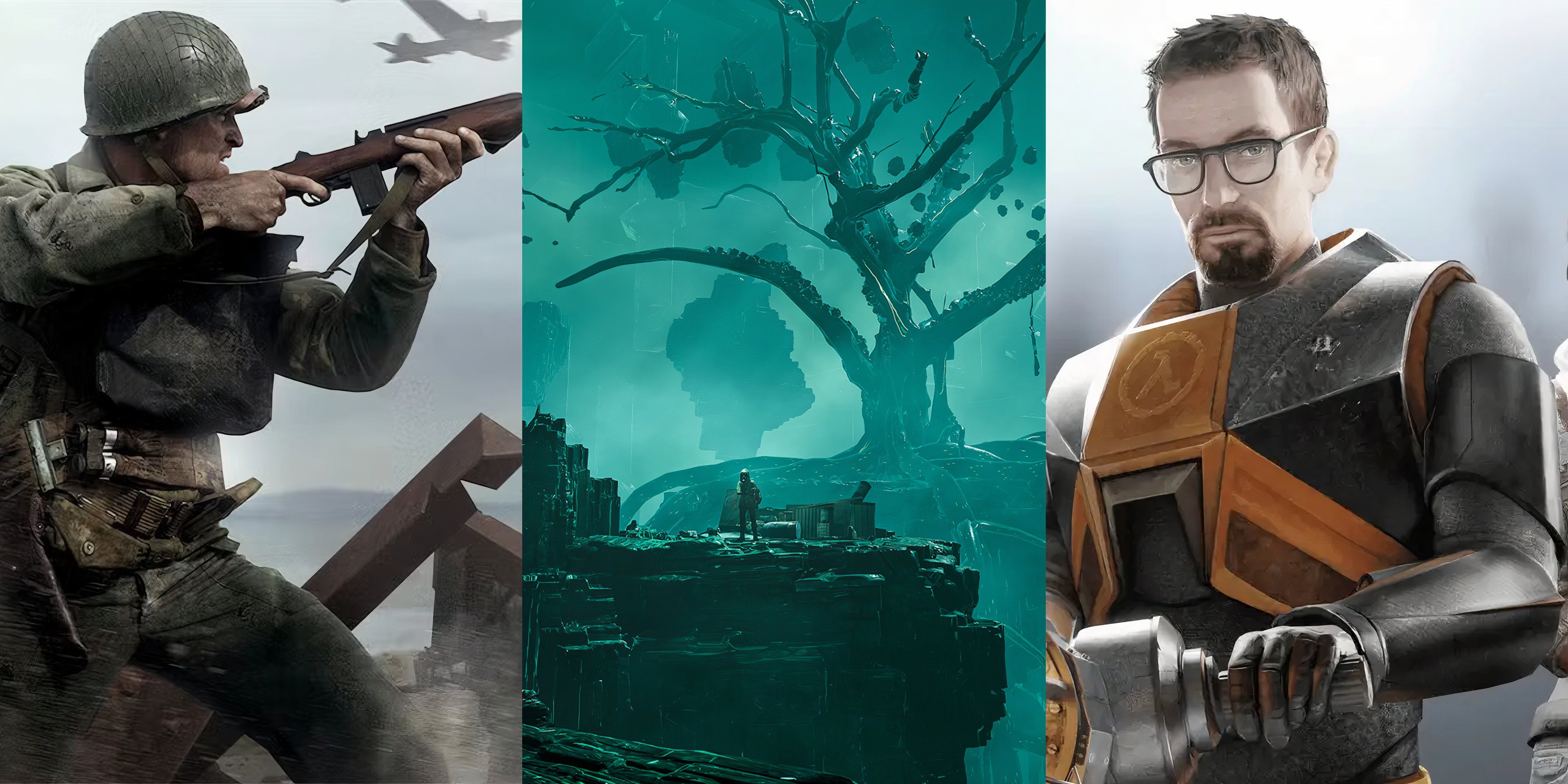
Related
8 Best FPS Games Set in Europe
These shooter games explore the continent of Europe and its potential as a video game setting.
Set in a dystopian world full of surveillance, control, and biological horror, Inside offers no explanations and barely any exposition. It just keeps pushing forward — into labs where humans are turned into husks, into aquatic chambers where unspeakable things lurk, and eventually into a sequence so bizarre that it almost dares players to look away.
Every puzzle feels like it’s revealing another layer of systemic cruelty. And the ending — whether players choose the main finale or discover the hidden alternate one — isn’t a resolution, but a collapse. A reminder that some truths don’t liberate, they just consume.
From a technical standpoint, Inside uses 2.5D environments with masterful lighting and parallax effects to make every corridor feel claustrophobic. The physics system was reworked from scratch after Limbo, allowing for smoother environmental interaction, from dragging bodies to manipulating switches in underwater labs.
4
EQQO
A Mother’s Story, A Son’s Journey
- Released: May 17, 2024
- Developer: Parallel Studio
- Platforms: PC, Nintendo Switch
Hidden among the louder indie hits is EQQO, a deeply personal and symbolic adventure made by French studio Parallel Studio. Inspired by Ethiopian mythology, the story centers on a blind boy named Eqqo and his mysterious egg — a symbol of life, protection, and burden, all at once.
What sets EQQO apart is how it’s told. Players don’t control the boy directly. Instead, they play as his mother, guiding him from afar while narrating the journey through whispered dialogue. It’s a storytelling mechanic that feels intimate, even haunting, especially as Eqqo moves through temple ruins, evading ancient guardians and solving puzzles that feel more spiritual than mechanical.
Originally developed for VR, EQQO later made its way to mobile and Switch, where its touch-based interactions translated surprisingly well. Players rotate levels like dioramas, helping Eqqo cross chasms, avoid traps, and carry his fragile cargo through a world that feels both ancient and alive.
The soundtrack, composed with traditional Ethiopian instruments, is equally moving — layering the game with a texture that’s rare even in high-budget titles. It’s not a long experience, but it lingers, especially for players drawn to mythological narratives told through quiet mechanics.
3
Little Nightmares
What If Tim Burton Designed a Stealth Horror Puzzle Game?
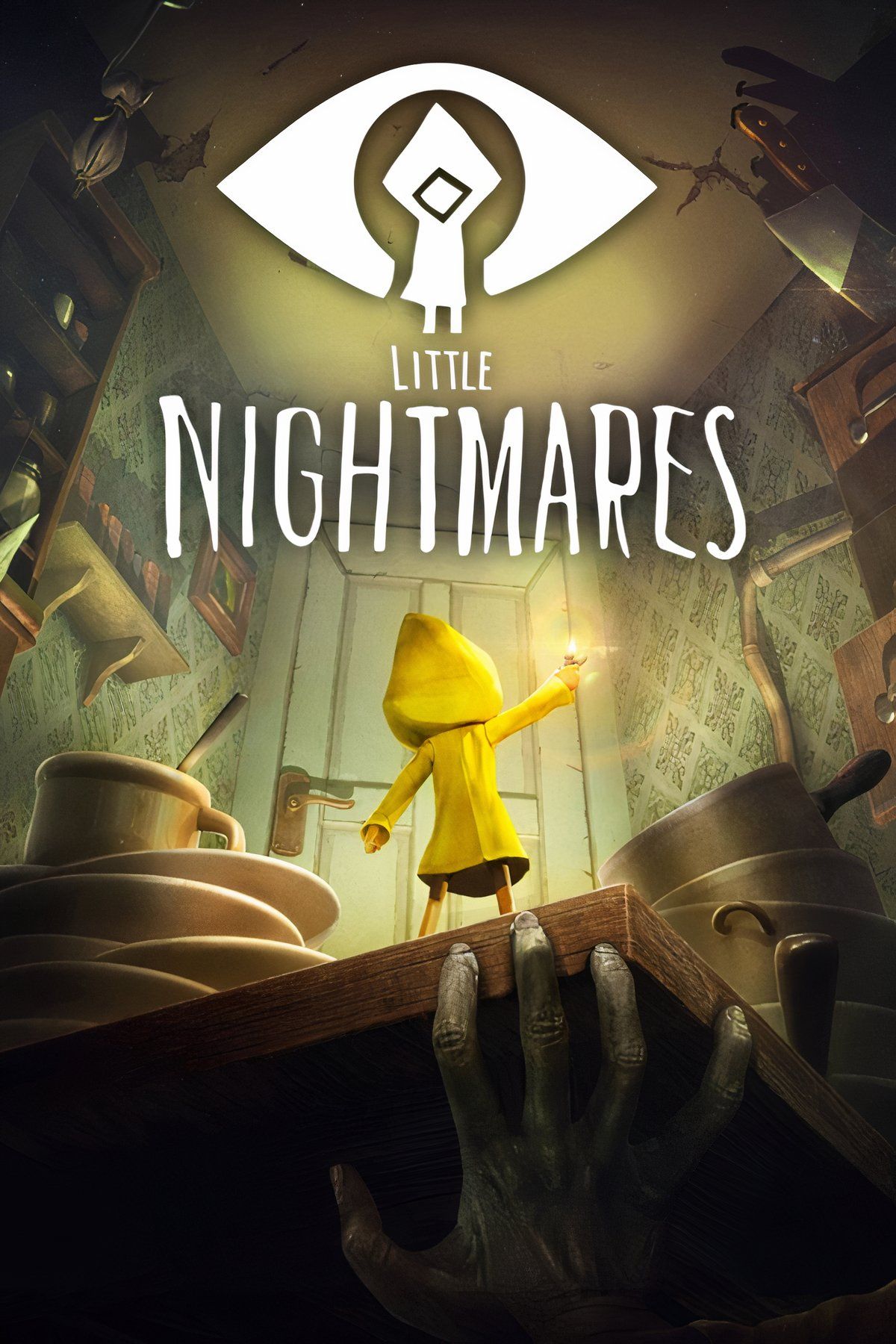
Survival Horror
Puzzle
Platformer
- Released
-
April 28, 2017
- Developer(s)
-
Tarsier Studios
- OpenCritic Rating
-
Strong
Swedish studio Tarsier Studios crafted something grotesquely beautiful with Little Nightmares. Released in 2017, this stealth puzzle-platformer drops players into The Maw — a floating prison-ship that doubles as a surreal house of horrors, where everything is oversized, malformed, and always watching.

Related
Best Horror Games Set In Europe
Europe isn’t the most common setting for horror games, but these developers used locations around the continent to create a scary backdrop.
Players control Six, a tiny, raincoat-wearing girl trying to escape this twisted vessel filled with grotesque, child-eating creatures. But it’s not just the visuals that make Little Nightmares so unsettling — it’s the sound design, the sense of scale, the crawling dread that builds with every level.
There’s no combat. Just sneaking, running, and occasionally pushing objects to solve puzzles while barely staying one step ahead of monstrous chefs, leech-filled crawlspaces, and faceless aristocrats who gorge themselves endlessly. Each area in The Maw tells its own little horror story, without a single word of dialogue.
Behind all the twisted imagery is a scathing metaphor on consumerism, gluttony, and childhood trauma — wrapped in a platformer that knows exactly how long to hold on a shot before players start to squirm.
2
A Plague Tale: Innocence
Hope Is a Dangerous Thing in 14th Century France
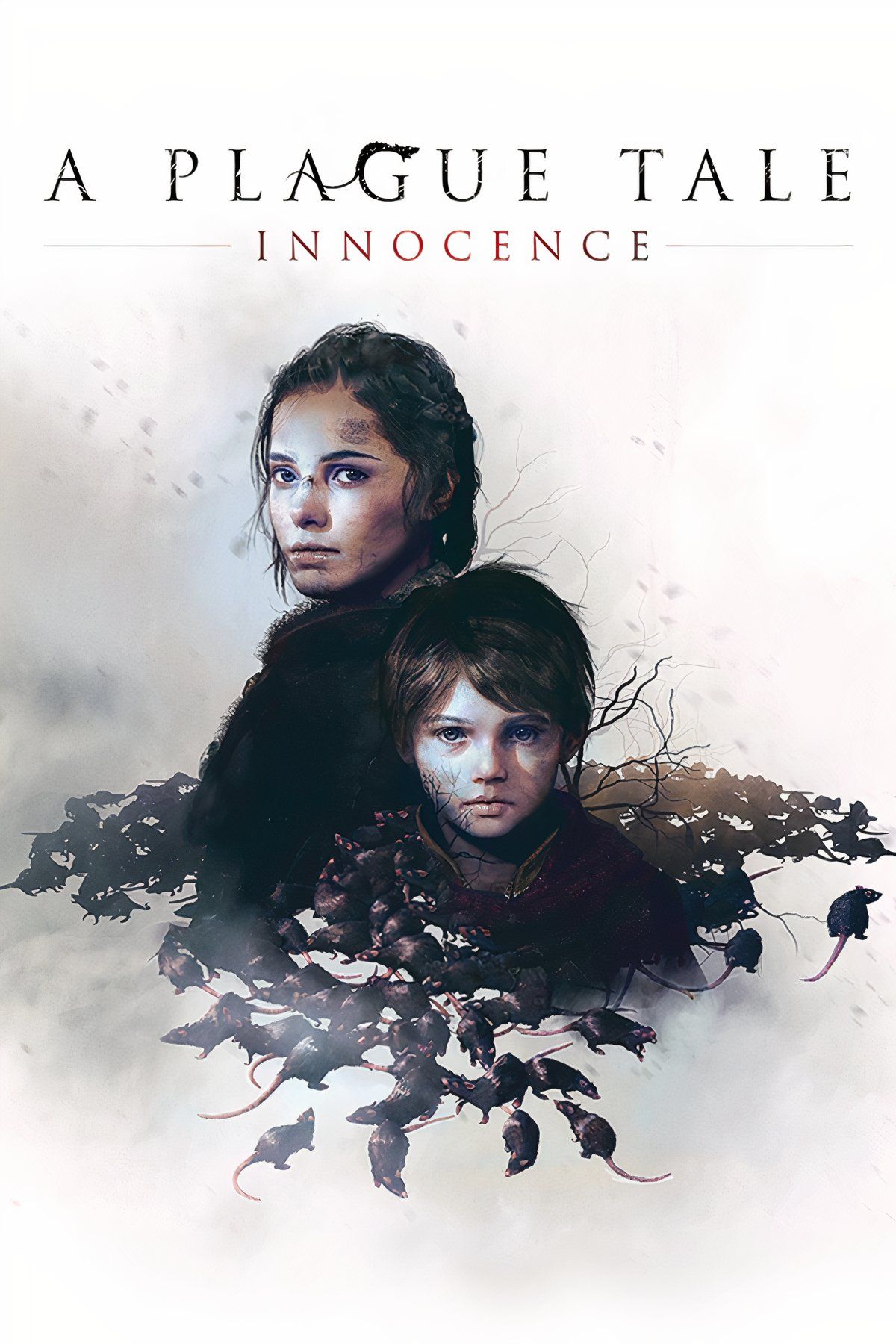
- Released
-
May 14, 2019
- OpenCritic Rating
-
Strong
French developer Asobo Studio was mostly known for supporting other studios until A Plague Tale: Innocence hit in 2019 and completely redefined their reputation. Set during the Black Death, this grim tale follows siblings Amicia and Hugo as they flee both the Inquisition and swarms of plague-ridden rats that flood the countryside like a living sea.
What starts as a stealth-action game quickly becomes a character-driven survival story. The bond between the siblings is the emotional anchor, especially as Hugo’s mysterious illness begins to reveal a deeper, more supernatural twist beneath the historical setting.
The game’s most striking mechanic is its rat swarm system — thousands of individually simulated rodents that react to light sources in real time. Players use torches, alchemical tools, and environmental manipulation to navigate these infestations, creating tense moments where a single misstep means being devoured alive.
Despite being an indie production, A Plague Tale boasts the kind of cinematography and narrative polish that rivals major studios. Its success led to a sequel, A Plague Tale: Requiem, which expanded the lore and doubled down on the emotional stakes — but it all started with this small, harrowing masterpiece.
1
Disco Elysium
The Hangover That Solves a Murder (And Questions Reality)
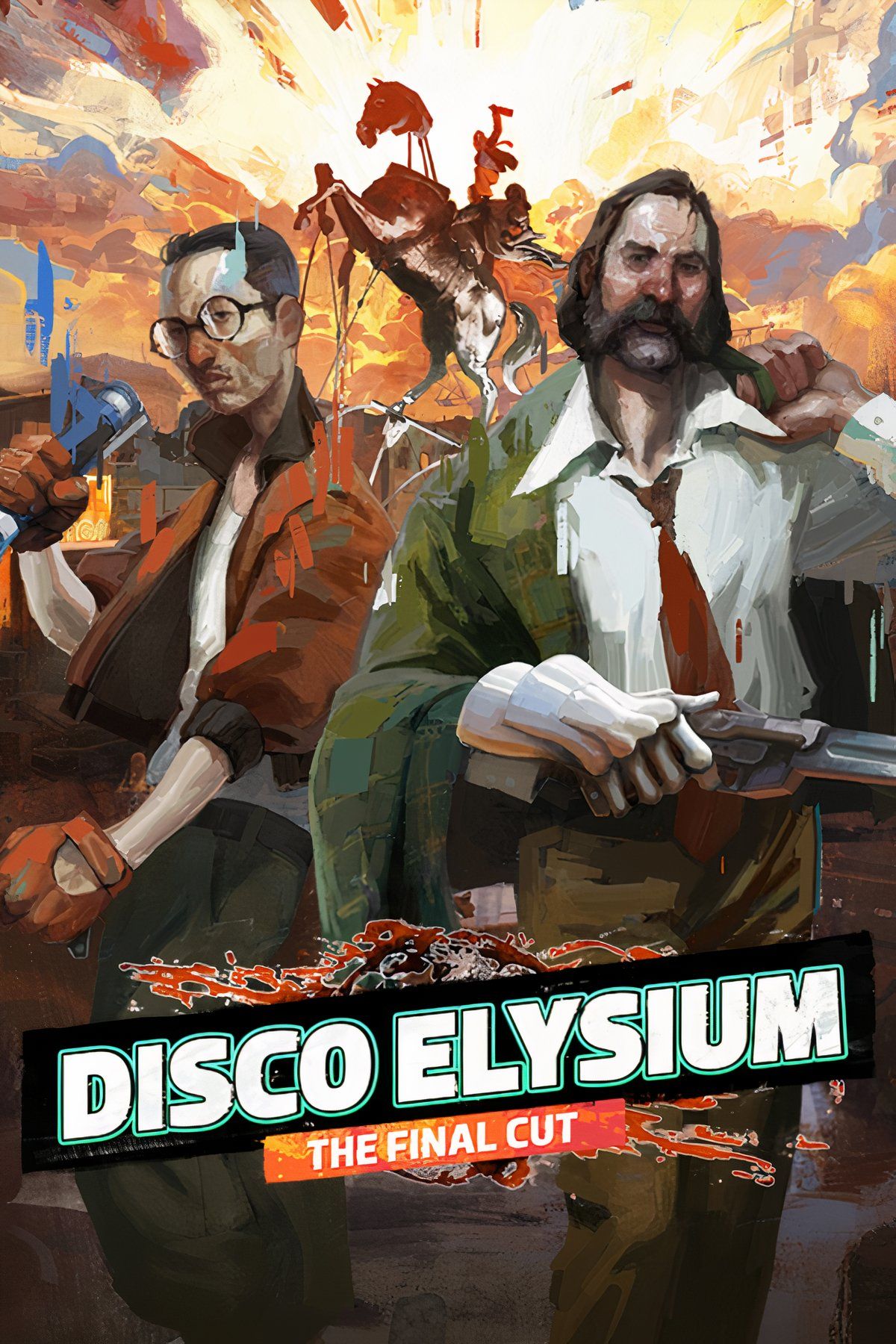
- Released
-
October 15, 2019
- Developer(s)
-
ZA/UM
- OpenCritic Rating
-
Mighty
There’s never been anything quite like Disco Elysium. Developed by Estonian studio ZA/UM, this philosophical detective RPG tore through genre conventions with a story that’s equal parts murder mystery, political theory seminar, and psychological meltdown.
Players take on the role of a washed-up, alcoholic detective with no memory, trying to solve a murder in the decaying city of Revachol. But the murder almost becomes secondary to the introspection. Every thought the protagonist has becomes a mechanic — actual skills like “Inland Empire” or “Electrochemistry” speak in his head, influencing decisions, second-guessing choices, or straight up arguing with each other.
No combat, no fetch quests, no padding. Just conversations, decisions, and inner chaos. Every skill check is a gamble, and failures often lead to more interesting outcomes than success ever could.
ZA/UM took four years to build a world layered with lore, from the fictional pale geography of Revachol to the intricate socioeconomic histories baked into every district. Disco Elysium was a breakout success, winning multiple Game of the Year awards and redefining how deep an RPG can go without touching a sword or casting a spell. It’s weird, it’s genius, and it’s very, very European.
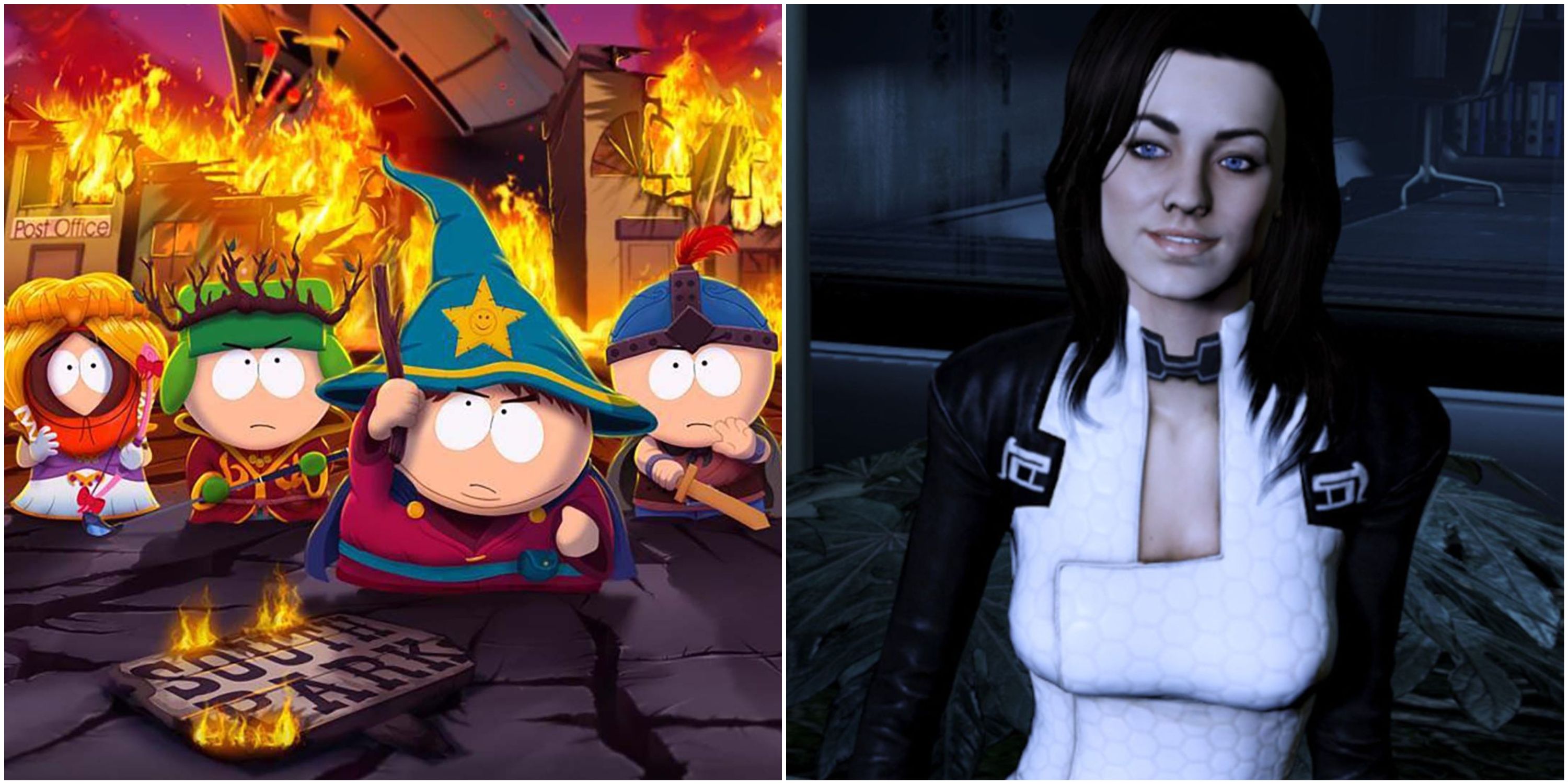
More
8 Western RPGs That Are Quality Over Quantity
An RPG doesn’t have to be stuffed full of content to be great, as shown by these great western RPGs that focus on quality over quantity.
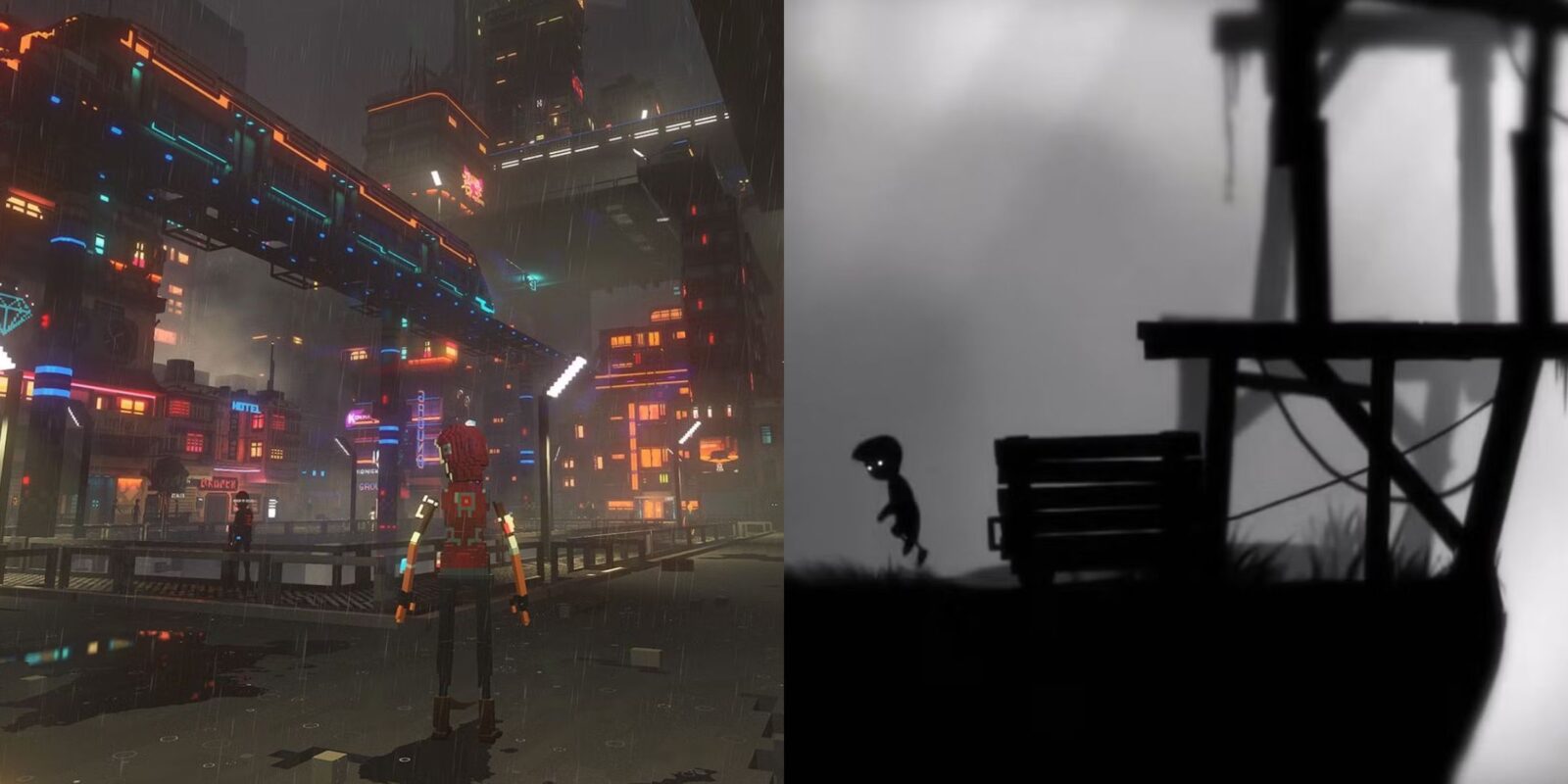










Leave a Reply